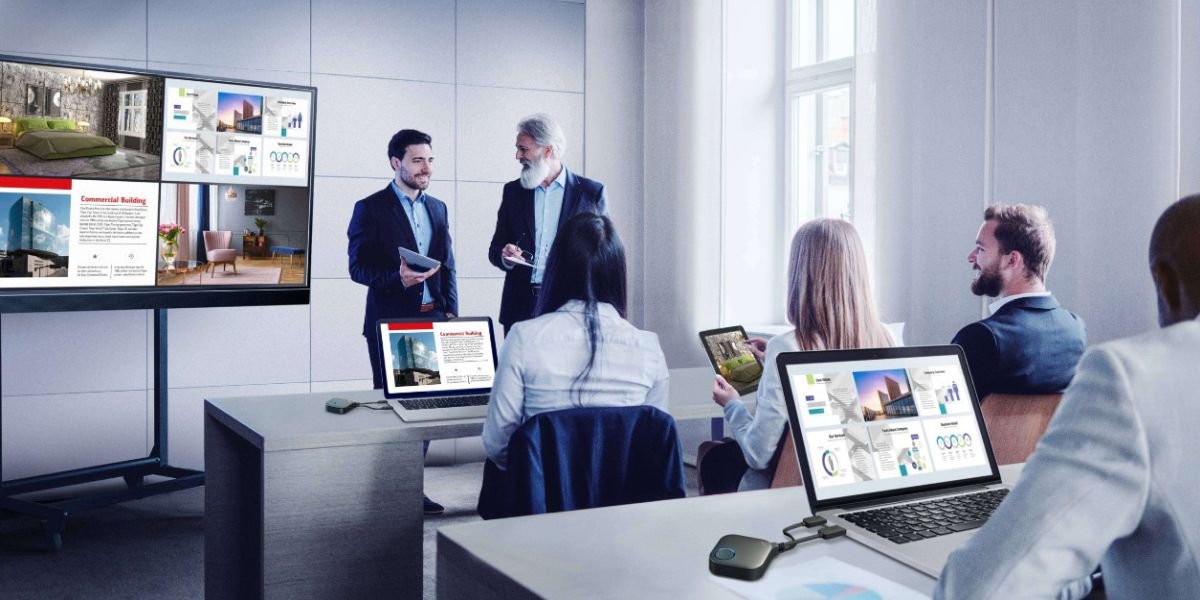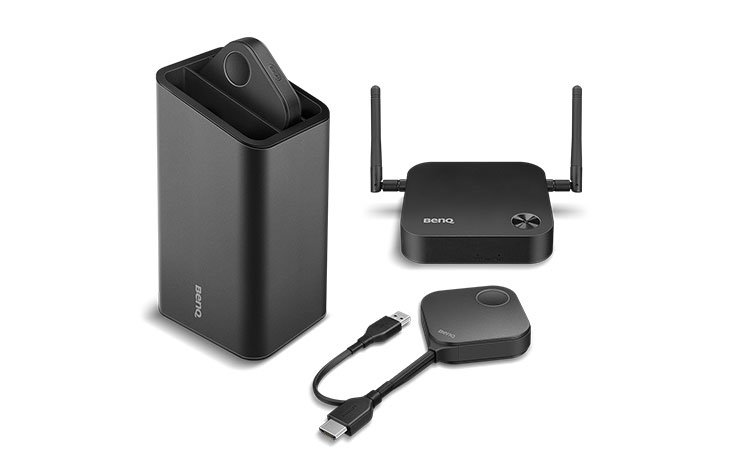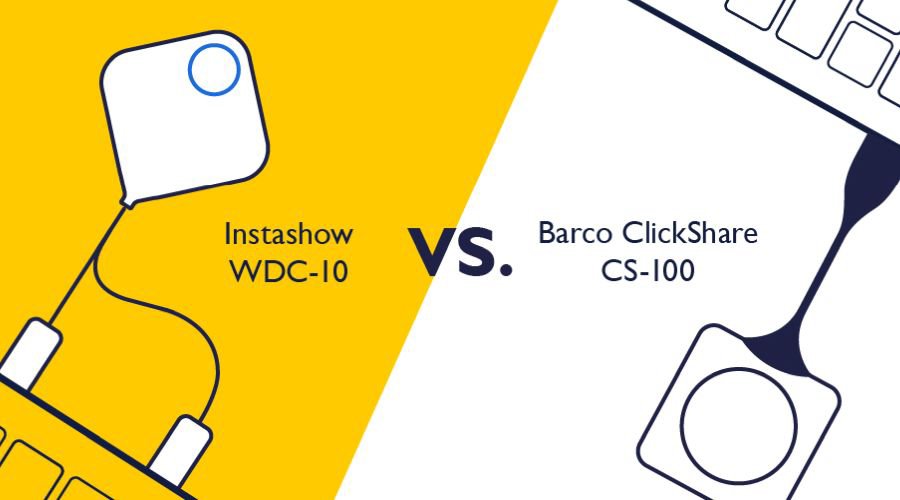Projector
Monitor
Lighting
Digital Display
Job References
This site uses cookies. By continuing to browse the site you are agreeing to our use of cookies, you can also manage preferences.
This site uses cookies. By continuing to browse the site you are agreeing to our use of cookies, you can also manage preferences.
Projector
Monitor
Lighting
Digital Display
Job References
Projector
Monitor
Lighting
Digital Display
Job References
Knowledge Center Support
Looking for the best way to enable your meetings to be more effective to solve problems faster. The answer is easy – divide up your display so that you can see more information at the same time.
Most companies are now using higher-resolution displays such as 4K projectors and flat panels in their meeting rooms and collaboration spaces. These displays can be split to enable multiple presenters to share their content on the screen at the same time – without losing critical detail.
There are three types of products that will enable a 4K screen to be split for multiple presenters:
To compare these systems, we will look at the following criteria:
The Gefen EXT-UHD600A-MSVL-41 is a good example of a multi-view HDMI switcher, where the four different presenters each plug in an HDMI cable to their device. Selling for about $1600, the switcher is designed to be placed into an AV rack and can be controlled by a programmable touch panel or other control systems.
The Crestron HD-WP-4K-401-C is a popular choice to split your screen into four different sections and adds the capability of using an HDBaseT cable to avoid the signal loss that can happen in a standard HDMI cable run over 15 feet. These systems run about $7000 and are sold through integrators. Like the Gefen, they are best controlled via programmable touch panels. AMX, Extron, and BiAmp have similar solutions.
The InstaShow S also allows four presenters to connect to the display using special HDMI transmitters that encrypt the HDMI signal and send it to the receiver. This system is unique in that it leverages wireless technology integrated into a HDMI button transmitter instead of a programmable touch panel to share their screen. It also can connect to wireless devices such as phones and tablets via Miracast and Airplay. This system runs $1499 with no additional equipment needed.
Both the Crestron and the Gefen systems are hard-wired systems designed to be mounted into an AV rack. Both these units require five separate cables, and either a space for the video processor in the AV rack – or an accessible location near the display (since most meeting rooms will not put it on the table). These cables will need to be long enough to reach both the display and collaboration area, and be properly hidden in walls, floors, or the ceiling depending on the room. Also – you will need to check if you need fire rated HDMI cables – and test to ensure that the signal is strong enough if the cable is longer than 10 feet. Bottom line – installing either of these units in a collaboration space will take some time and effort.
By contrast, the BenQ InstaShow S is simple to install. Simply plug in the receiver to power and connect it to the HDMI port of the display. The transmitter buttons come with an attractive tabletop holder that sits on the table. Bottom line – you can install an InstaShow in less than 10 minutes without help from IT.
In a wired system using HDMI or HDBaseT, you will need to consider purchasing additional items such as a cable cuddy to organize the cables under the conference room table, and a control system with a touch panel that enables you to manage who is presenting on the screen. You should also consider a budget for services such as contractors to cut the holes for cable management system and programming services for touch panel configuration and deployment.
The BenQ InstaShow S is designed to eliminate the need for any additional equipment or programming by transmitting an encrypted HDMI signal over a private wireless network. You can connect and control the system over a LAN network if needed – or operate it as a standalone device without ever having to connect to the network. The button on the transmitter can shift the display from single to multi-presenter mode without any programming – and the unit will dynamically allocate the screens on the display depending on the number of presenters.
All three systems have excellent device support for AV equipment and can handle any HDMI source regardless if it is a computer, camera, or video conferencing system. The simplicity of plugging in a cable is a major time saver in meetings.
The InstaShow S also can support any standard HDMI source, as well as use standard streaming protocols such as Miracast and Airplay to enable teams to wirelessly present from an Android or iOS device. For example, you could have one presenter presenting from a Windows notebook and another from a digital camera using the HDMI transmitter buttons – while other presenters share from an Android tablet and an iPhone using Miracast and Airplay. This offers a more flexible solution for collaboration rooms than traditional cables.
Thanks for your feedback!




